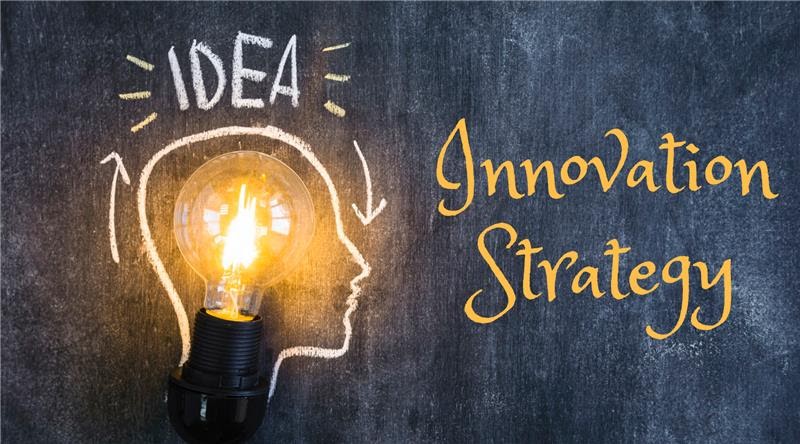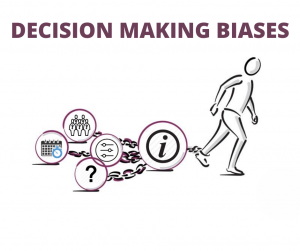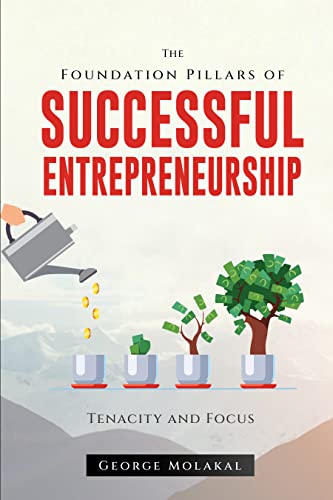What is an Innovation Strategy?
Innovation is about creating new value for the people who are willing to use and pay for it. A strategy is a plan for harnessing. For example operations, marketing, finance, and R&D to support achieving the competitive goal.
If you think about marketing, for example, you will not want to separate your marketing strategy from your business objectives.
So, you would want to make sure your marketing strategy and initiatives help to contribute to your overall business plan and vision.
So, before starting to develop an innovation strategy, make sure you are aware of how innovation strategies help you to achieve your goals.
Importance of an Innovation
Every organization innovates but approaches vary. Ever thought that Why is it so hard to build and maintain the capacity to innovate? The problem is due to the lack of an innovation strategy.
- Innovation strategies result in a clear focus.
- It helps you design a system to match your specific competitive needs.
- Also helps to trade-off decisions and choose all the elements of the innovation system.
- Without an innovation strategy, various parts of an organization can easily wind up resulting in conflicting priorities.
- An innovation strategy makes innovation measurable.
- An innovation strategy promotes innovation culture.
How to develop an innovation strategy?
Let’s discuss 5 Steps for Developing Your Innovation Strategy.
Determine objectives and strategic approach –
The first step is to define your innovation objectives and why behind your innovation strategy. As already mentioned, your innovation strategy should help support your business objectives and vice versa.
For instance, Olay’s winning aspiration is to become a leading skincare brand that wins convincingly in its chosen markets and channels.
Know Your Market: Customers and Competitors –
The second step is defining the market you’re operating in and the customer segment you’re offering value for.
So, to innovate and to respond to your customers’ needs, you should listen and understand what your customers want.
Define Your Value Proposition
Next, and probably the most important step is to define the value proposition. How will you win? What type of innovation strategy allows the company to capture that value and achieve a high level of competitive advantage?
So, you should focus on creating value that either saves your customers money and time or makes them willing to pay more for your offering.
Assess and Develop Your Core Capabilities –
When assessing your set of capabilities that need to be in place, consider the following:
- Culture
- R&D
- Behaviors
- Values
- Knowledge
- Skills
So, the ability to connect and develop these capabilities is key to innovation.
Establish Your Innovation Techniques & Systems –
Last but not least, you should find out what systems need to be in place. Define: which innovation techniques and systems do we need to be able to link our innovation infrastructure elements together?
What are the most important systems that help and support measuring the outcome of our innovation strategy?
How to implement an innovation strategy?
Pick your focus –
After you’ve picked your strategic approach to innovation and mapped all of the most important elements related to it, it’s time to put your innovation strategy to work.
So, your strategic long-term goals give support and structure to your innovation work. Having boundaries and staying focused on your end goal is the only sure way to get there.
“Choosing what kind of value your innovation will create and then sticking to that is critical because the capabilities required for each are quite different and take time to accumulate”
Align an innovation strategy with your business goals –
Do you know 54% of innovative companies struggle to bridge the gap between innovation strategy and business objectives?
So, to succeed with strategy alignment, aim for communicating the role of innovation within the entire portfolio to drive innovation in your organization.
Therefore by ensuring that the innovation process is fully embedded into a business strategy is the only way to allow your organization to innovate in the long term.
Integrate and Communicate your strategy to the ways of working –
To integrate innovation into your organization, you might want to consider partnering with your key people and set individual goals that favor your innovation strategy.
Hence, providing guidance and direction can help you to make innovation a part of your everyday work.
Measure systematically and adapt –
Systematic measuring is the only way to be able to adapt to changes to achieve better outcomes in the future. Picking the optimal metrics and setting the right expectations to help control the progress.
So, don’t do it in a silo, but aim for a bigger impact by making a systematic measuring a part of your innovation strategy.
Types of Innovation Strategies
Innovation strategies can be classified as active, proactive, reactive, and passive.
Proactive –
Companies with proactive innovation strategies tend to have a strong research orientation and first-mover advantage to be a technology market leader.
The types of technological innovation utilized in a proactive innovation strategy are:
Radical – Breakthroughs that change the nature of products and services.
Incremental – The constant process or technological changes that lead to improved performance of services and products.
Active –
Active innovation includes defending existing markets and technologies while being prepared to respond quickly once technologies and markets are proven.
Moreover, companies using this approach also have medium-to-low risk exposure and broad sources of knowledge.
So, these companies use incremental innovation with in-house applied development and research.
Reactive –
The reactive innovation strategy is used by companies:
- Which are followers?
- Have a focus on operations.
- Take a wait-and-see approach.
- Look for low-risk opportunities.
An example is Ryanair, a budget airline that has successfully copied the no-frills service model of Southwest Airlines.
Passive –
Companies with passive innovation strategies wait until their customers demand a change in their services or products. Examples include automotive supply companies.
Therefore, they wait for their customers to demand changes to specifications before implementing them.
Innovation Strategy Examples
Let’s discuss how the largest and most innovative organizations in the world have clear innovation strategies.
The Innovative Strategy of Microsoft
Microsoft has struggled to achieve radical innovation. That may soon change. Now, Microsoft’s innovation strategy involves going for R&D to advance its position in a range of markets – including healthcare.
The Innovative Strategy of Google
Google’s innovation initiatives are all over the matrix, so it’s difficult to assign them just one innovation archetype.
Additionally, its parent company, Alphabet, invests heavily in R&D. This indicates that it’s targeting radical, disruptive, and architectural innovation.
The Innovative Strategy of Apple
Apple used to outsource R&D initiatives, instead to focus on product development. But these days, they are developing competencies in-house through internal accelerators while acquiring startups.
The Innovative Strategy of Samsung
Samsung’s innovation action plan in recent years has been to diversify its portfolio. Its R&D arm is exploring digital health, AI, the Internet of Things, autonomous mobility, security, data-center infrastructure privacy, and more.
In addition, Samsung also strategically invests in a range of external initiatives to co-create businesses.
The Innovative Strategy of Amazon
Having achieved the impossible feat that is keeping its startup culture while scaling up, innovation is ingrained in every part of Amazon’s culture – not just the R&D arm.
Strategy and Innovation Sum Up
Innovation strategy involves the best-educated choice between several feasible options. However, making those choices is only half the battle as it’s equally important to test and validate your approach.
When you have the right innovation strategy in place, the next step is to build a systematic process for generating, evaluating, developing, and implementing new ideas.
So, companies are constantly evolving because they are pushing the envelope, thinking of creative ideas to implement in their product development phase.
“If I were given one hour to save the planet, I would spend 59 minutes defining the problem and one minute resolving it.”
-Albert Einstein









